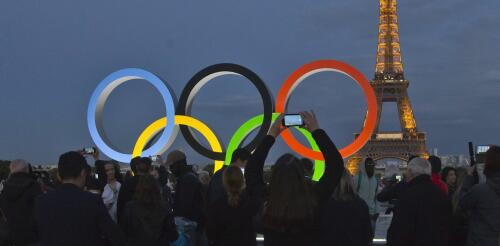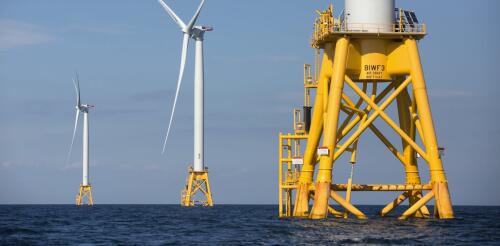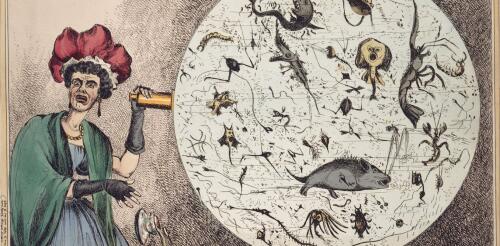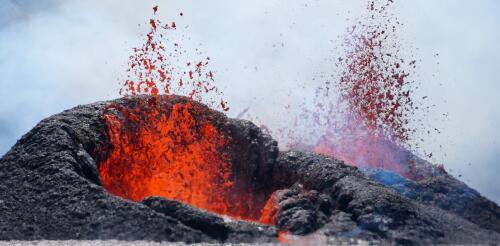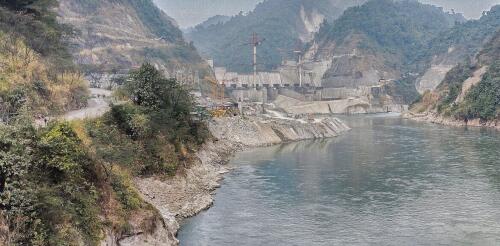Renewable energy
Europe is in the midst of a heat wave, and while Olympic athletes in Paris for the 2024 Summer Games might be spared the worst of it, the weather will still be hot. As global temperatures have risen, major sporting events like the Olympics and FIFA World Cup have had to adapt to high heat and extreme storms to keep athletes and fans safe and allow the games to go on. Olympic organizers have moved events such as marathons to early mornings and even to cooler cities. FIFA, the governing body for world soccer, pushed the 2022 Men’s World Cup back from its usual time in June to late November so it could be held in Qatar. Many of the Olympic events, such as beach volleyball, will be played outside in the heat. AP Photo/Thomas Padilla The heat risks and the environmental impact of major sporting events have led some people to question whether these events should be held at all. But as someone who st...
Offshore winds have the potential to supply coastlines with massive, consistent flows of clean electricity. One study estimates wind farms just offshore could meet 11 times the projected global electricity demand in 2040. In the U.S., the East Coast is an ideal location to capture this power, but there’s a problem: getting electricity from ocean wind farms to the cities and towns that need it. While everyone wants reliable electricity in their homes and businesses, few support the construction of the transmission lines necessary to get it there. This has always been a problem, both in the U.S. and internationally, but it is becoming an even bigger challenge as countries speed toward net-zero carbon energy systems that will use more electricity. The U.S. Department of Energy and 10 states in the Northeast States Collaborative on Interregional Transmission are working on a potentially transformative solution: plans for an offshore electric power grid....
Strange as it may seem, early germ theorists could tell us a lot about today’s attitudes toward climate change. While researching for a new book about the history of emerging infections, I found many similarities between early debates over the existence of microbes and current debates over the existence of global warming. Both controversies reveal the struggles of perceiving an unseen threat. Both reveal the influence of economic interests that benefit from the status quo. But most importantly, both reveal how people with different beliefs and interests can still agree on key policies and practices for tackling a global problem. What you can’t see might hurt you Seeing is believing, and until the mid-19th century, it was very difficult to see the tiny organisms responsible for our so-called “fever” diseases. Although the indirect evidence was compelling, many people remained skeptical of “animalcules” – as microorganisms were once cal...
Curious Kids is a series for children of all ages. If you have a question you’d like an expert to answer, send it to curiouskidsus@theconversation.com. Could we use volcanoes to make electricity? – Lawrence, age 7, Dublin, California Turning red-hot lava from an active volcano into electricity would be dangerous and unreliable. Volcanoes don’t erupt on predictable schedules, and lava cools too quickly. But many countries, including the U.S., have found ways to tap volcanic heat to make electricity. Geothermal energy comes from heat generated by natural processes deep within the Earth. In most areas, this heat only warms rocks and underground water near the surface. In volcanically active regions, however, the heat is much more intense. Sometimes it melts rock, forming magma. Volcanoes act like giant heat vents, raising magma closer to Earth’s surface. Some of this mo...
“Hey Rupam, open the door. Take this fish,” a woman yelled from outside. I was sitting in the kitchen at my friend Rupam’s house in rural northeast India. It was the heart of monsoon season, and rain had been falling since morning. The woman must have been shouting because the noise of the rain on the tin roof muted everything else. The aunty who lived next door stood outside with a large bowl of Boriala fish. Her husband had gone fishing on the Subansiri River, which flows next to the village, and he had fished all evening. “My husband cannot stay indoors in this weather,” she said in Assamese, the local language. “You can catch a lot of fish during this time.” The monsoon season has long brought a bounty of fish from May to September for people living downstream. However, this is likely to change once the Subansiri Lower Hydroelectric Project, one of the largest hydropower dams in India, is completed upstream. Expected to be fully op...
